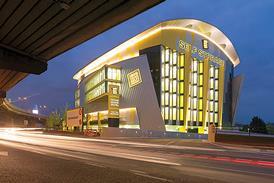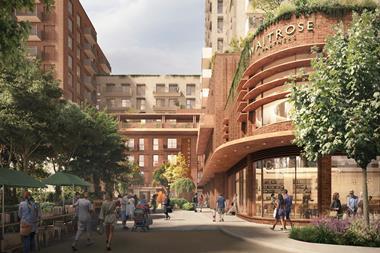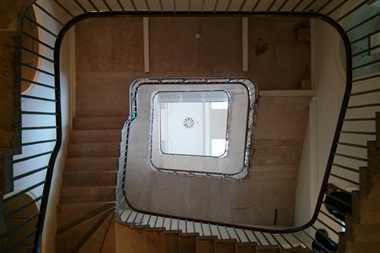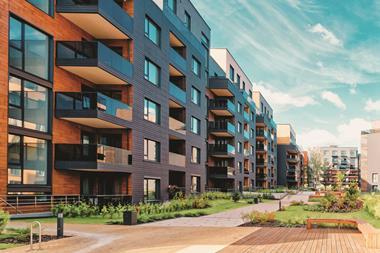With countries continuing to grapple with repeated episodes of lockdown, and physical distancing requirements reshaping urban environments, many cities are expanding the use of smart city technology.

In the longer term, the capacity to leverage the benefits of digital innovation for all will be critical to help cities rebound from Covid and accelerate the transition to a new urban paradigm for a more sustainable and resilient future.
By seizing the opportunities offered by the digital transition, smart cities can improve the lives of millions of urban residents by enhancing safety, increasing energy efficiency in buildings and facilitating people’s access to goods and services. This is because the very definition of a smart city is one that leverages digitalisation to improve wellbeing and build more inclusive, sustainable and resilient societies.
So how do lifts fit into the smart city ecosystem and how can lifts contribute to the improvement of people’s lives?
At a very basic level, in order to ensure the effectiveness of smart cities, it is essential to be able to measure lift performance. For instance, amid new Covid restrictions, companies, investors and pundits have been desperate to know how full – or empty – city offices are.
To tell this story up to now, we have been mostly reliant on quickly outdated reports from technology that counts people in and out of buildings and transport hubs. But this data can be skewed to support ‘return to the office’ narratives.

However, by analysing unconventional data collected from lifts in offices and other buildings all over the world, interesting behavioural trends can be revealed. For example, in London, the average number of starts per lift in November last year was around 9,200; in the first half of December, the average number of starts per lift had already slumped to 8,200, so you could quickly see the impact the discovery of Omicron was having in the way people were using city offices.
Lift data can also be used to help us rethink the flow of urban life. This is important because the number of people living in cities is predicted to rise from four billion today to more than six billion by 2050, and so technology needs to be able to accommodate all these people in a sustainable way.
Lifts are a central element in smart, sustainable cities. Modern lifts are 90% more energy efficient than those built and installed in the 1990s. Modernising lifts enables up to 70% energy savings and a significant reduction in their lifetime carbon emissions.
Furthermore, with the help of technology integrated with lifts, cities will become even more multi-dimensional. Lifts and other physical elements are able to communicate with urban dwellers and machines, enabling more personalised and even safer ways to move around and connect with people.
Life in a modern city isn’t perfect. Getting around can be frustrating and time consuming. But lifts can teach us a lot about how life has changed and continues to change. They can also teach us how the modern smart city might be reimagined as a place where every journey is connected, sustainable and stress-free.
Tessina Czerwinski is head of smart and sustainable cities at KONE






























No comments yet